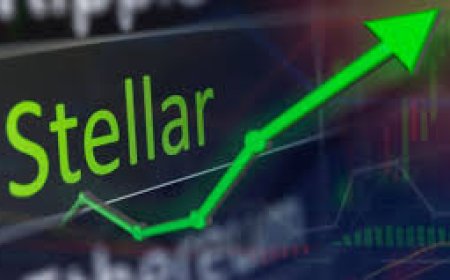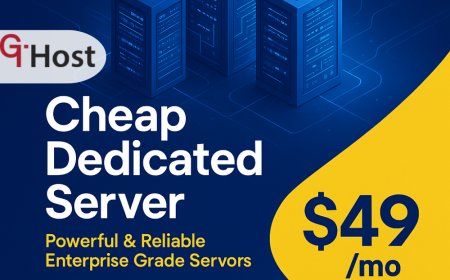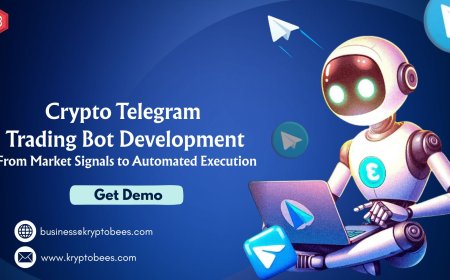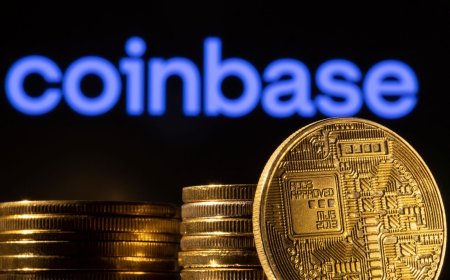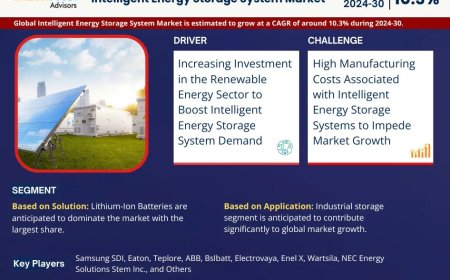The Future of E-Markets: What to Expect in the Next 5 Years
Explore the next 5 years of e-markets: AI personalization, mcommerce trends, AR/VR shopping, B2Me strategies, and future payment solutions.
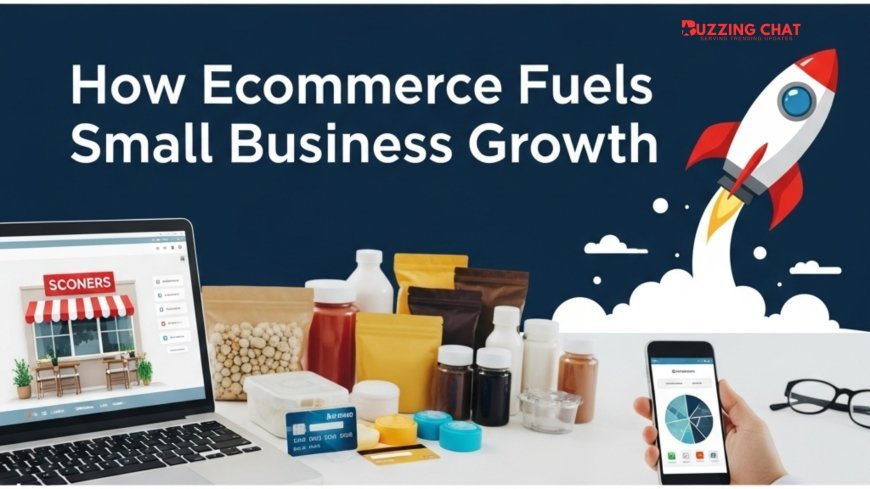
Introduction: A Morning Cup of Code and Commerce
Last week, I was sipping my morning chai, scrolling through my favorite e-market app, when it hit me: the way we buy and sell online is evolving faster than the latest JavaScript framework. As someone whos spent years building e-business platforms and yes, burning the occasional midnight oil debugging checkout flows I can tell you this: the next five years will reshape our digital bazaars in ways we can barely imagine. Whether youre an aspiring IT professional or a seasoned coder, buckle up: heres what the future holds for the e-market.
1. Hyper-Personalized Shopping: When the Client Becomes You
In todays crowded online marketplace, customers are overwhelmed by choices. But by 2030, advanced AI engines will craft each users homepage like a bespoke suit. Imagine logging in to find products, content, and social marketing suggestions so tailored that they feel like an old friends recommendation. This shift from one-size-fits-all tactics to hyper-personalized experiences will be driven by data signals from your browsing history to real-time sentiment analysis of UGC creator posts. And for IT pros, mastering these AI tools will be the key to designing e-market platforms that truly know the client.
2. The Rise of Voice and Visual Commerce in mCommerce
Remember how awkward it was to fumble for the right keywords on your phone? Voice assistants and visual search will make that a relic of the past. By integrating natural language processing and image recognition, tomorrows mcommerce apps will let shoppers say Show me summer dresses under $50 or snap a photo of a friends sneakers to buy an instant match. As developers, well need to blend front-end magic with backend robustness, ensuring these voice-and-vision features work seamlessly even with spotty mobile connections.
3. From B2B to B2Me: Tailoring Business Markets to Individuals
We often talk about B2B versus B2C, but the industry is shifting toward what I like to call B2Me. In a B2B e-market scenario, the purchasing managers needs used to override every decision. Soon, however, systems will balance bulk-buy discounts with individual user preferences automatically suggesting bundle options or upsells based on each team members past orders. This evolution means IT teams must architect flexible product catalogs and dynamic pricing engines that understand both corporate budgets and personal tastes.
4. Immersive Experiences: AR, VR, and Digital Twins
Think back to the days when online shopping meant a static photo and a two-line description. Augmented reality (AR) and virtual reality (VR) are changing that narrative. In the next half-decade, selecting furniture in your living room wont just be a mock-up youll walk through a photorealistic digital twin of your home. Behind the scenes, this requires complex 3D rendering pipelines, scalable cloud infrastructure, and intuitive UI/UX design. If youre eyeing a career in IT, nows the time to dive into graphics programming and real-time data streaming.
5. Social Marketing and the Power of Community-Driven Commerce
Social media platforms are already e-markets in disguise, but the future will blur the lines entirely. Imagine scrolling through your feed, clicking on a friends livestream, and purchasing the products they demo in real time. UGC creators will earn commissions not just from ads, but from integrated shopping carts turning followers into customers with a single tap. As part of digital marketing teams, well need to craft APIs that let influencers tag products directly in their stories, and build analytics dashboards that measure traction down to every hashtag.
6. Sustainable, Ethical, and Localized Marketplaces
Todays consumers care about provenance as much as price. Over the next five years, e-markets will offer transparent supply chains powered by blockchain, so you can trace your coffee beans from farm to cup. Localized micro-markets will emerge, too connecting artisans in your neighborhood to nearby buyers, cutting down on shipping emissions. For developers, this means integrating IoT sensors, ledger technologies, and location-based services to deliver eco-friendly, community-focused shopping experiences.
7. Next-Gen Payment Solutions: Crypto, BNPL, and Beyond
Payment tech never stands still. Buy-now-pay-later (BNPL) services have already democratized spending, but were just scratching the surface. Expect cryptocurrency wallets, tokenized loyalty points, and even biometric payments (think a simple palm-scan at checkout). Behind the scenes, that translates into building secure, PCI-compliant architectures, and staying ahead of emerging regulations. If you love solving security puzzles, payment integrations will be your playground.
Conclusion: Your Role in Shaping the Digital Marketplace
Were at an inflection point in e-market history. From hyper-personalized AI recommendations to immersive AR showrooms, the tools we build today will define how millions shop tomorrow. Whether youre an IT newcomer or a veteran developer, theres never been a more exciting time to dive in. Start experimenting with voice-enabled APIs, enroll in a blockchain bootcamp, or partner with a UGC creator to launch a pilot social-commerce campaign. The future is yours to code so grab your laptop, rally your creativity, and lets build the next generation of e-markets together.
